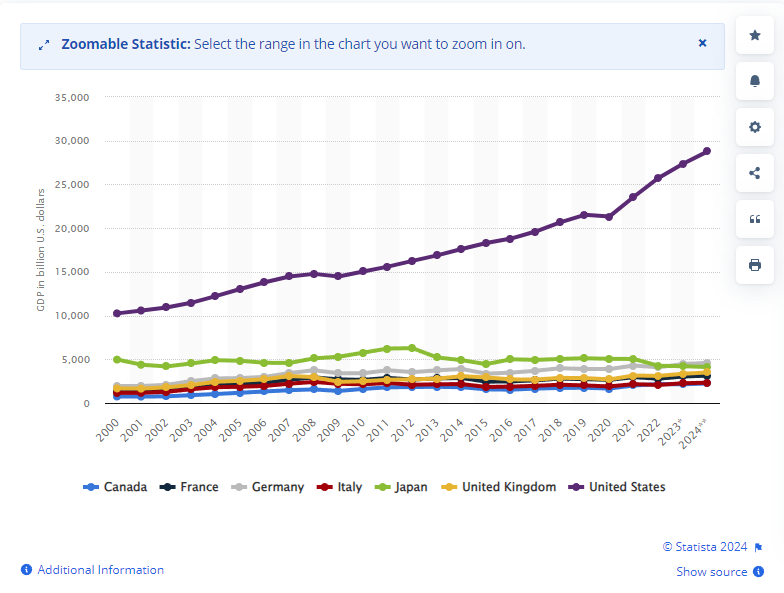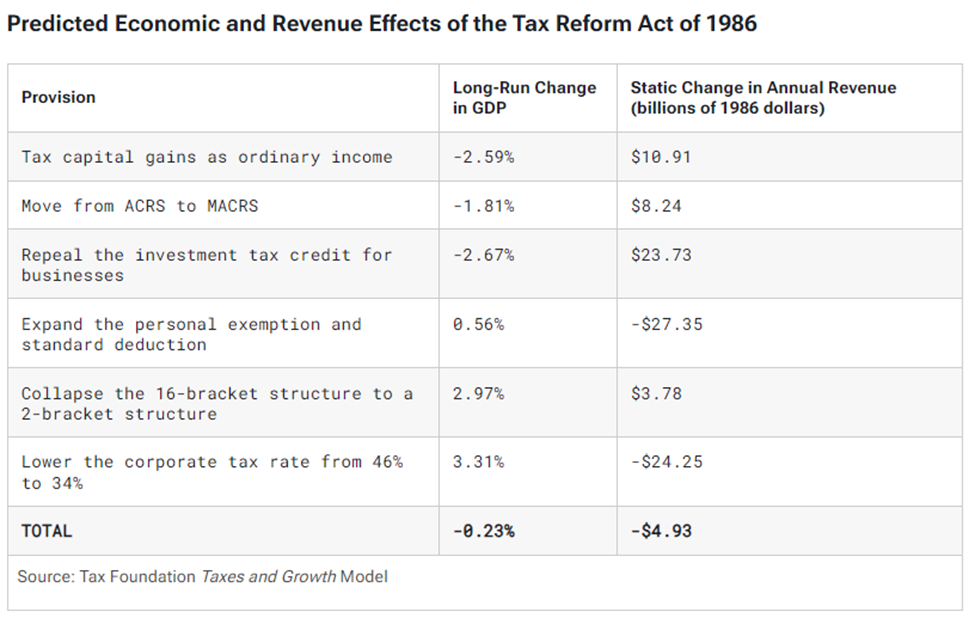
01 Sep Fiscal Fitness: The Key to a Stronger, More Prosperous Nation
Explore how sound financial management can secure America’s economic future and boost national strength
“A nation’s strength is as mighty as its fiscal health.” This insightful quote underscores the vital role that fiscal responsibility plays in the prosperity and stability of a nation. As the United States faces various economic challenges, understanding and implementing the principles of fiscal fitness has never been more critical. This blog post will explore the concept of fiscal fitness, its importance to national prosperity, and the strategies that can help achieve it.
Achieving fiscal fitness is crucial for long-term economic growth, stability, and America’s position on the global stage. By examining the foundations of fiscal responsibility, the benefits of a fiscally fit nation, and effective strategies for maintaining fiscal health, we can better appreciate how sound financial management can secure a brighter future for all Americans.
Understanding Fiscal Fitness
Defining Fiscal Responsibility
Fiscal fitness is rooted in the principles of fiscal responsibility, which include maintaining balanced budgets, managing debt effectively, and ensuring efficient spending. A balanced budget occurs when a government’s revenues equal its expenditures, preventing the accumulation of unsustainable debt. Effective debt management involves not only paying down existing debt but also making strategic decisions about borrowing to invest in the future.
Historically, the United States has experienced periods of fiscal discipline, such as the late 1990s when the federal government achieved budget surpluses for four consecutive years (1998-2001). This era of fiscal responsibility contributed to economic growth and reduced national debt, demonstrating the positive impact of sound financial management.
Indicators of Fiscal Health
To gauge a nation’s fiscal fitness, economists rely on key indicators such as the debt-to-GDP ratio, budget deficits or surpluses, and economic growth rates. The debt-to-GDP ratio compares a country’s total debt to its gross domestic product, providing insight into its ability to manage debt relative to its economic output.
As of 2023, the U.S. debt-to-GDP ratio stood at approximately 123%, higher than the G7 average of around 116%. While this indicates a need for caution, the U.S. continues to enjoy strong economic growth rates compared to many of its peers, highlighting the complex nature of fiscal health.
As of 2024, the U.S. debt-to-GDP ratio stands at approximately 123.8%, slightly lower than the previous quarter’s 124.7%. This figure remains higher than the G7 average, indicating a need for fiscal caution. Despite this, the U.S. continues to experience strong economic growth relative to many of its international peers, underscoring the complex nature of fiscal health.

The Benefits of a Fiscally Fit Nation
Economic Stability and Growth
A fiscally fit nation enjoys numerous benefits, chief among them being economic stability and sustained growth. When a country maintains fiscal discipline, it instills confidence in investors, both domestic and foreign. This confidence translates into lower interest rates, increased investment, and job creation.
Countries like Switzerland and Singapore serve as prime examples of how fiscal fitness can drive economic success. Switzerland’s long-standing commitment to balanced budgets and low debt has contributed to its reputation as a safe haven for investors and its consistently high standard of living. Similarly, Singapore’s prudent fiscal management has helped transform it from a developing country to one of the world’s most prosperous nations in just a few decades.
Enhanced National Security and Global Influence
The link between fiscal strength and national security is often underappreciated. A fiscally fit nation can sustainably fund its military, invest in cutting-edge defense technologies, and respond effectively to crises without compromising its economic stability.
Historically, America’s economic might has been a cornerstone of its global influence. In the aftermath of World War II, the United States’ economic dominance allowed it to shape the post-war international order through initiatives like the Marshall Plan. This demonstrates how fiscal strength can translate into diplomatic leverage and global leadership.
Strategies for Achieving National Fiscal Fitness
Smart Budgeting and Prioritized Spending
Achieving fiscal fitness requires disciplined budgeting and strategic allocation of resources. This means prioritizing spending on high-return investments while cutting wasteful expenditures.
Canada’s fiscal reforms in the 1990s offer an instructive example. Faced with high deficits and mounting debt, the Canadian government implemented comprehensive spending reviews, eliminated inefficient programs, and restructured government operations. These efforts resulted in budget surpluses and a significant reduction in the debt-to-GDP ratio, setting the stage for long-term economic growth.
Responsible Tax Policy and Revenue Generation
A balanced approach to taxation is crucial for fiscal fitness. The goal is to generate sufficient revenue to fund essential services and investments without stifling economic growth.
The Tax Reform Act of 1986 in the United States stands out as a successful example of tax policy reform. This bipartisan effort simplified the tax code, broadened the tax base, and lowered marginal tax rates. Despite the result is exhibited in improved economic efficiency, overall tax revenue remained relatively flat to slightly negative.

Conclusion
In conclusion, the path to a stronger, more prosperous nation lies in sound financial management and fiscal fitness. By embracing the principles of fiscal responsibility, prioritizing smart budgeting, and implementing thoughtful tax policies, we can build an economy that not only weathers challenges but thrives in the face of them.
The journey to national fiscal fitness is ongoing, requiring vigilance, adaptability, and commitment from both policymakers and citizens. As we look to the future, let’s remember that our economic choices today will shape the America of tomorrow. By supporting fiscally responsible policies and staying informed on economic issues, each of us can contribute to building a more resilient and prosperous nation.
Are you ready to play your part in strengthening America’s fiscal fitness? Start by educating yourself on economic policies, engaging in informed discussions, and making your voice heard in the democratic process. Together, we can secure a brighter economic future for generations to come.
OK Bye Den Related Blog Posts:
References
– Congressional Budget Office. (n.d.). https://www.cbo.gov/
– Peter G. Peterson Foundation. (n.d.). https://www.pgpf.org/
– Fiscal Fitness Checklist: Get Ready for ’22 Now. https://goquantive.com/blog/fiscal-fitness-checklist/
– Financial Coaching Blog | Tips for managing your money. https://fiscalfitnessphx.com/blog/

Sorry, the comment form is closed at this time.